Trial by Ice
Air Facts
MAY 5, 2025
The Cessna 150 Since I was the only instrument rated pilot on the team, and the weather was marginal VFR, I chose to fly the 172, N7358G, up to Fairfield on an IFR flight plan above the clouds at 7,000 feet. My IFR flight plan called for a climb through some 4,000′ of clouds up to a cruise altitude of 7,000 feet.


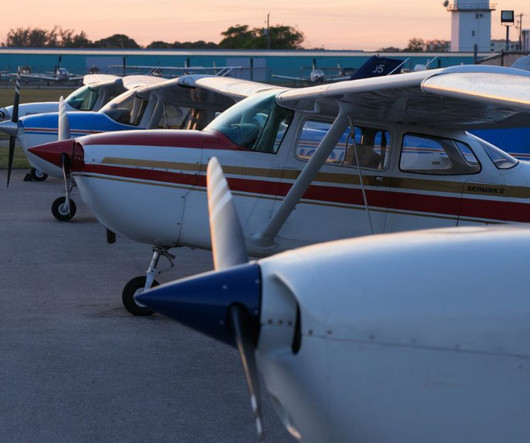
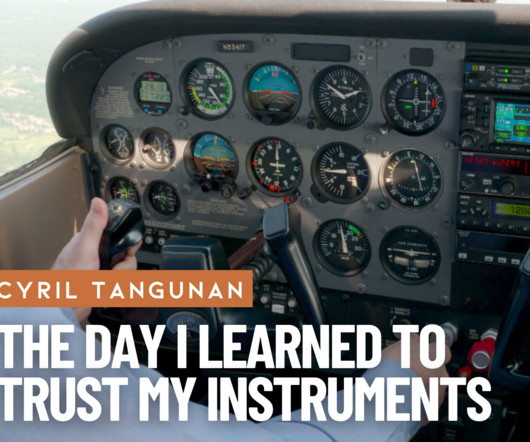


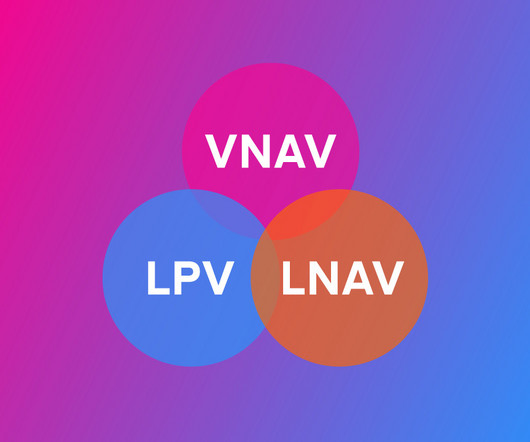

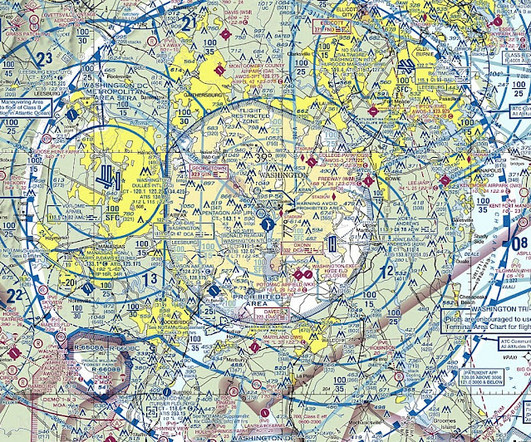
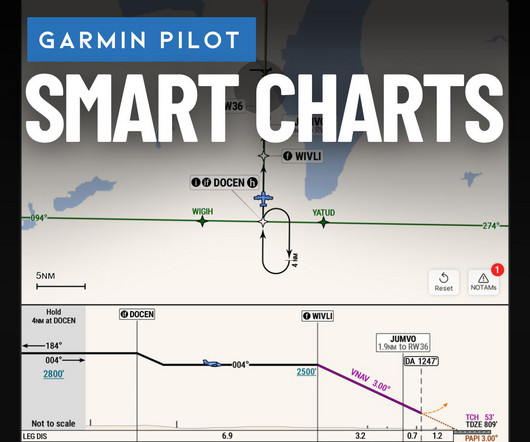







Let's personalize your content